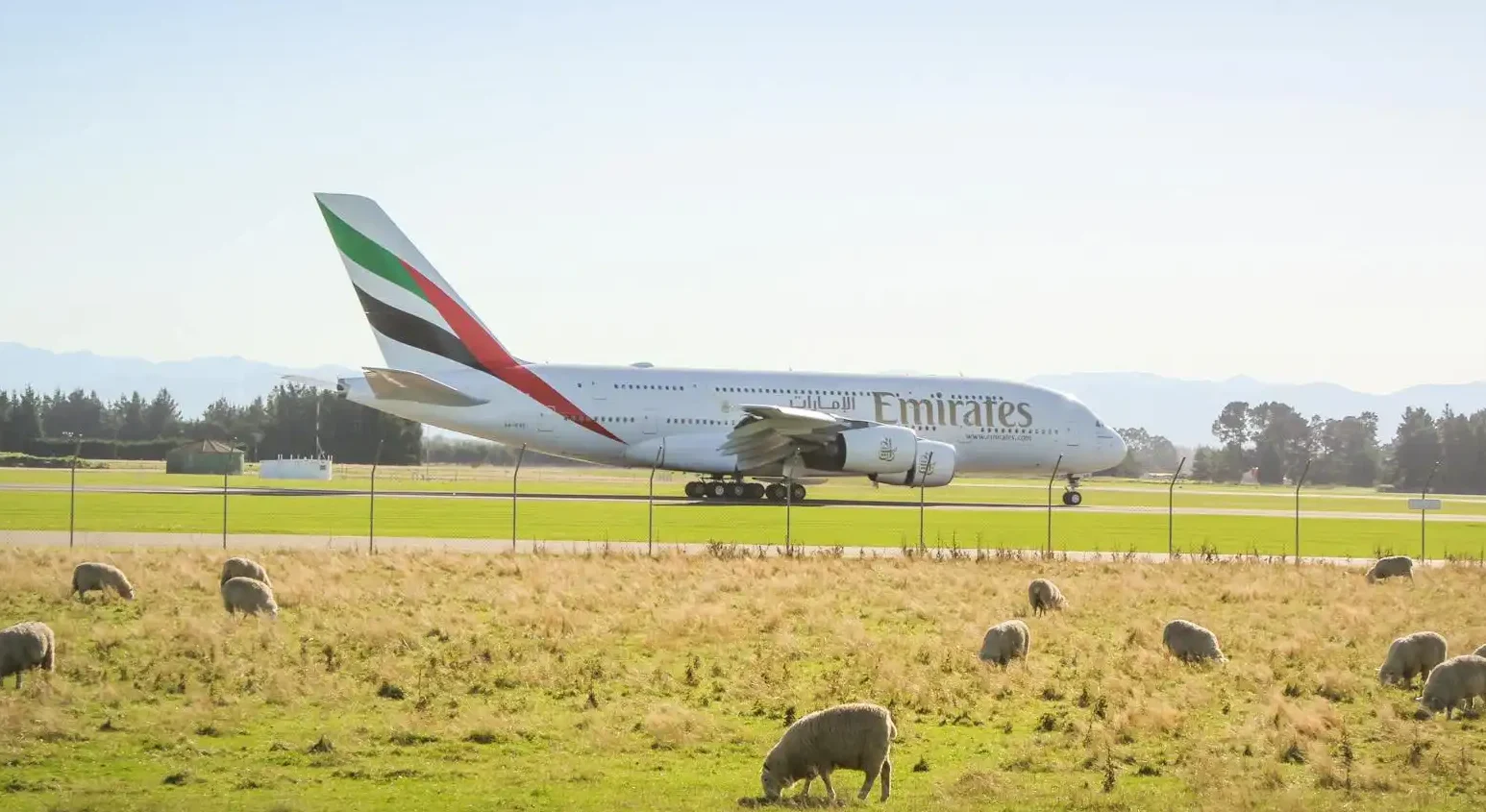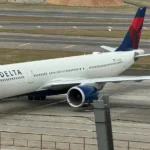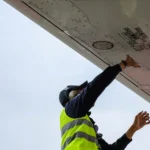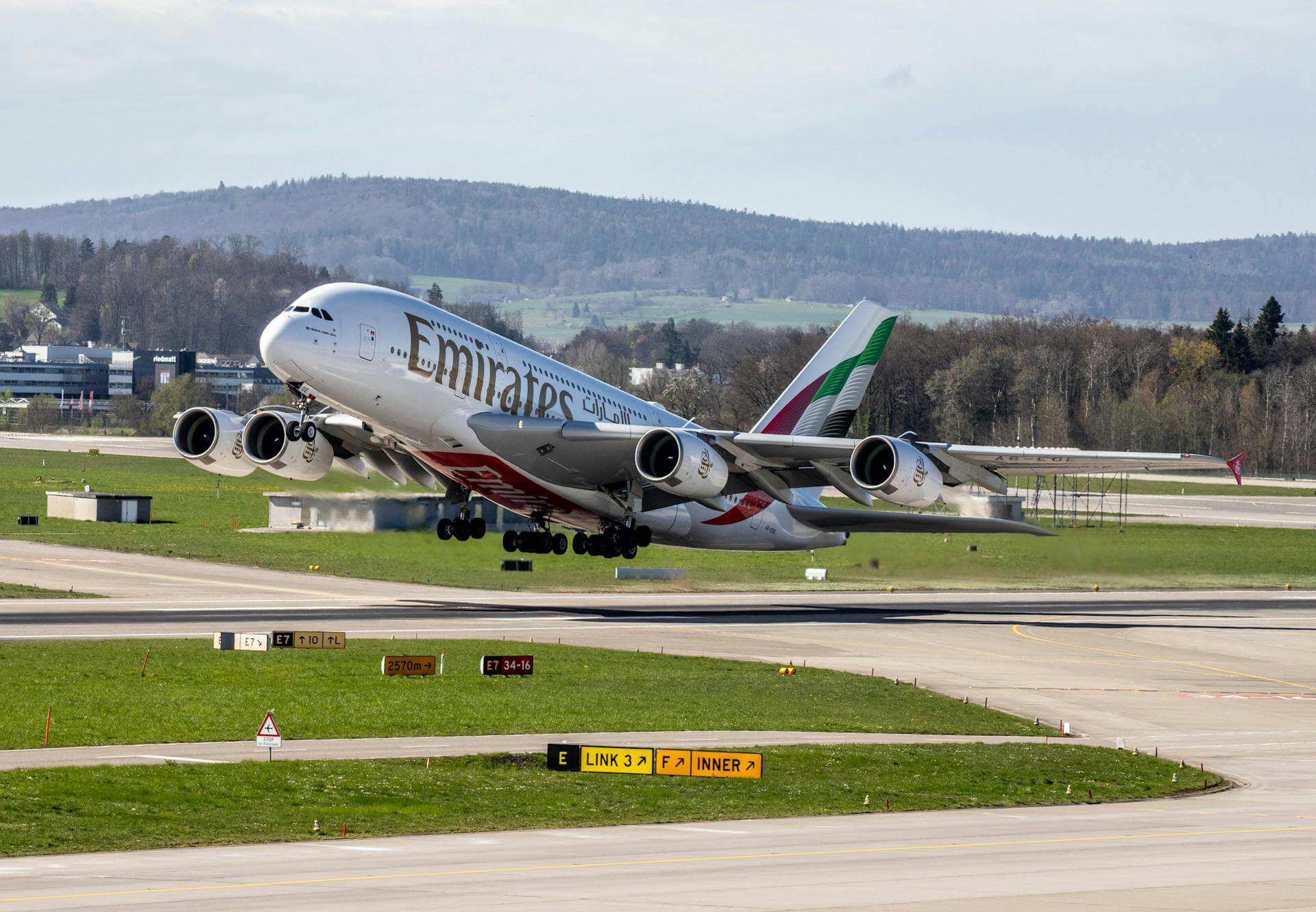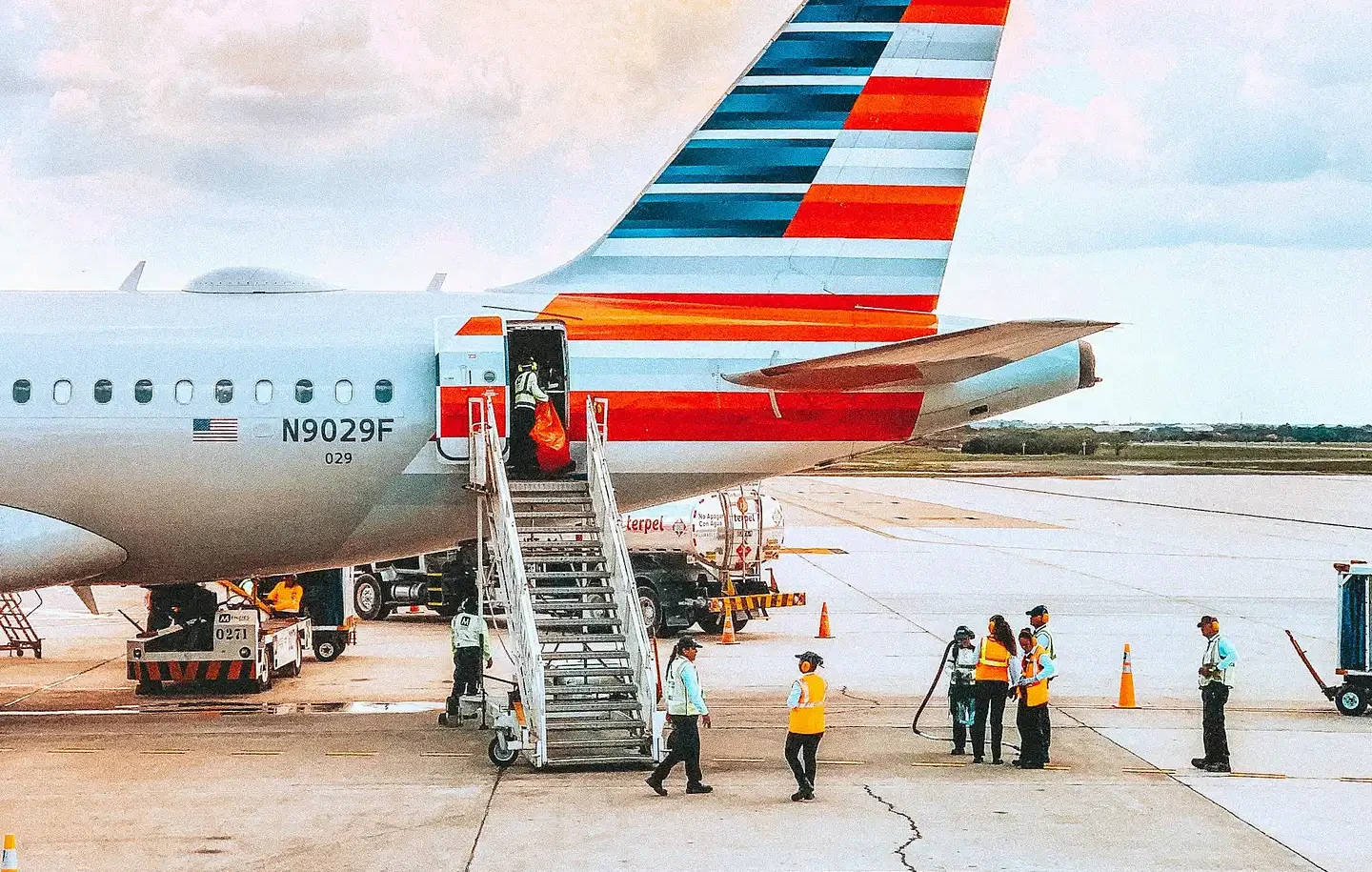The Hidden Reality of Rural Areas Serviced by One Airline
Rural areas serviced by one airline face unique challenges that urban dwellers rarely encounter. When a single carrier holds the lifeline to the outside world, communities become vulnerable to pricing fluctuations, service reductions, and the constant threat of abandonment. According to the U.S. Department of Transportation, over 150 rural communities across America rely on just one commercial airline service, creating precarious situations for residents who depend on air travel for essential needs.
The Economic Impact of Single-Airline Rural Service
When rural areas serviced by one airline experience service interruptions or fare increases, the consequences ripple throughout the local economy. The Rural Policy Research Institute reports that communities with limited air service see up to 30% less business investment than similar areas with competitive airline options. Small businesses struggle to attract clients, tourism suffers, and economic development stagnates when reliable and affordable air transportation isn’t available.
Local governments often find themselves in difficult positions, forced to provide subsidies or revenue guarantees to keep their sole airline from departing. In 2023, rural communities collectively provided over $120 million in incentives to airlines that might otherwise have abandoned their routes, diverting precious resources from other community needs.
Healthcare Access Challenges in Single-Airline Communities
Perhaps the most critical consequence for rural areas serviced by one airline is the impact on healthcare access. When emergencies strike, air ambulance services become essential, but these services often rely on existing airport infrastructure maintained for commercial flights. According to the American Hospital Association, patients in rural communities with precarious airline service face transfer delays averaging 3.2 hours longer than those in areas with stable air service.
Specialized medical care becomes particularly difficult to access. Rural residents needing treatments available only in major medical centers must plan around limited flight schedules, often facing overnight stays and additional expenses that their urban counterparts don’t encounter. For ongoing treatments like chemotherapy or dialysis, these barriers can become insurmountable.
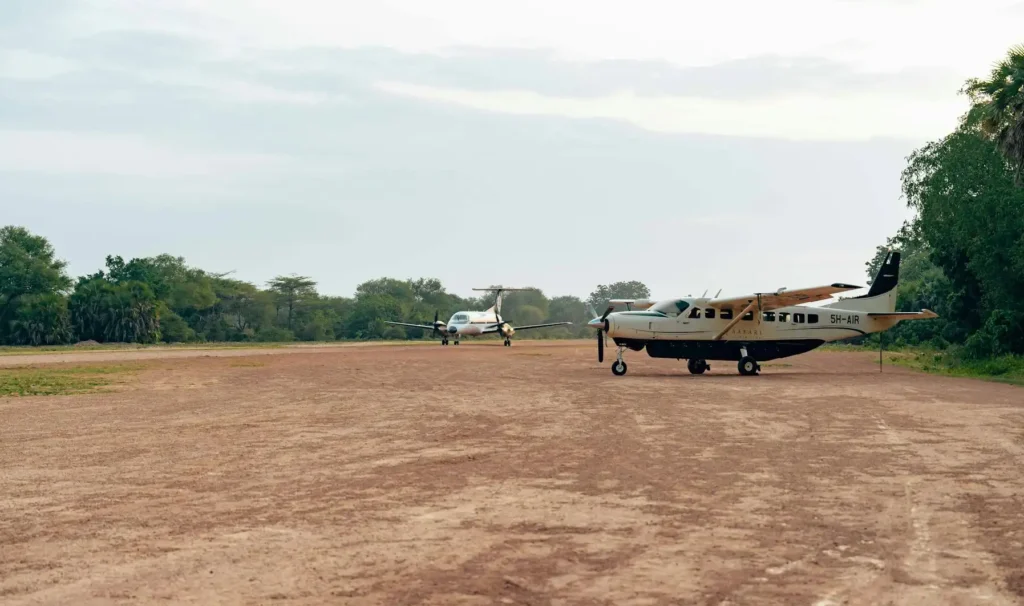
The Essential Air Service Program: A Lifeline at Risk
The federal Essential Air Service (EAS) program was established in 1978 to ensure rural areas serviced by one airline wouldn’t lose connectivity following airline deregulation. Today, this program subsidizes service to approximately 175 communities nationwide at an annual cost of about $340 million. However, the program faces constant political pressure and budget scrutiny.
Communities dependent on EAS-subsidized flights exist in a state of perpetual uncertainty. When carriers withdraw from routes despite subsidies, as happened in 15 communities between 2020 and 2024, residents can find themselves completely isolated. The Regional Airline Association notes that finding replacement carriers for these abandoned markets takes an average of 7.3 months, during which communities face significant hardships.
Innovative Solutions Emerging for Rural Air Service
Despite these challenges, innovative solutions are emerging for rural areas serviced by one airline. Community-owned airlines, public-private partnerships, and regional cooperatives are developing alternative models to ensure connectivity without dependence on a single carrier’s business decisions.
In Wyoming, for example, the Critical Air Service Team—a coalition of local governments and businesses—successfully stabilized service to several vulnerable communities by pooling resources and negotiating directly with carriers. Similar initiatives in Alaska and Montana have preserved essential connections while building more sustainable service models.
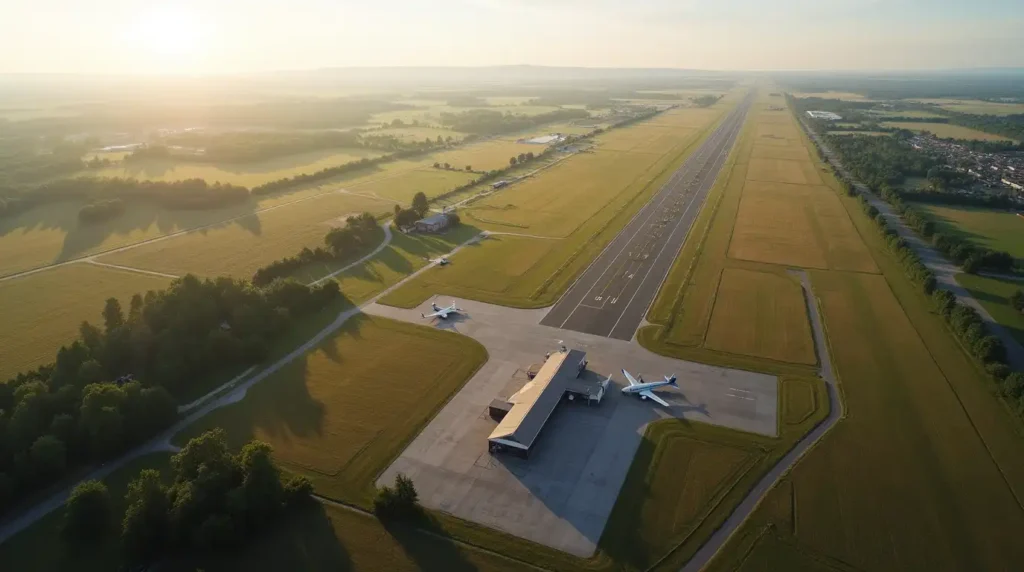
Rural communities are also exploring technological solutions, with some investing in infrastructure to accommodate emerging electric aircraft and drone delivery services that promise to reduce the costs and environmental impact of rural connectivity.
Conclusion
The future remains uncertain for many rural areas serviced by one airline, but awareness of these challenges is growing. As policymakers, industry leaders, and communities work together to find sustainable solutions, the critical importance of air connectivity to rural prosperity and survival has never been clearer. The path forward will require innovative thinking, strategic investments, and a renewed commitment to ensuring that geographic isolation doesn’t mean economic and social isolation as well.
FAQ About Rural Areas Serviced by One Airline
What percentage of U.S. rural communities rely on a single airline carrier?
Approximately 64% of communities receiving Essential Air Service subsidies are serviced by only one airline carrier. This represents about 112 communities nationwide that have no alternative commercial air service options.
How does airline monopoly affect ticket pricing in rural markets?
Studies from the U.S. Government Accountability Office show that fares in monopoly rural markets average 23-37% higher than routes of similar distances with multiple carriers. During peak travel seasons, this price differential can increase to as much as 45%.
Can rural communities attract additional airlines to create competition?
Attracting additional carriers is extremely difficult due to the limited passenger volume in most rural markets. Communities typically need to demonstrate consistent passenger loads exceeding 20,000 enplanements annually to interest a second carrier, a threshold that 83% of single-airline communities cannot meet.
What happens when the only airline serving a rural community goes bankrupt?
If the only carrier serving an EAS community declares bankruptcy, the Department of Transportation issues an emergency request for proposals from other carriers and may offer increased subsidies. However, service interruptions typically last 3-8 weeks, during which communities must rely on ground transportation alternatives that may be hundreds of miles away.
How do pilot shortages affect rural air service?
The ongoing commercial pilot shortage disproportionately impacts rural areas serviced by one airline. Regional carriers operating rural routes have seen pilot attrition rates over 30% in recent years as pilots move to major airlines, forcing service reductions or complete withdrawals from the most vulnerable markets.
What role do local airports play in maintaining rural air service?
Local airports in rural communities must maintain FAA certifications and infrastructure despite limited revenue. On average, these airports spend $1.2-1.8 million annually on essential operations and maintenance, often requiring significant local tax support to remain viable for commercial service.
Share Your Thoughts: We Value Your Feedback!


